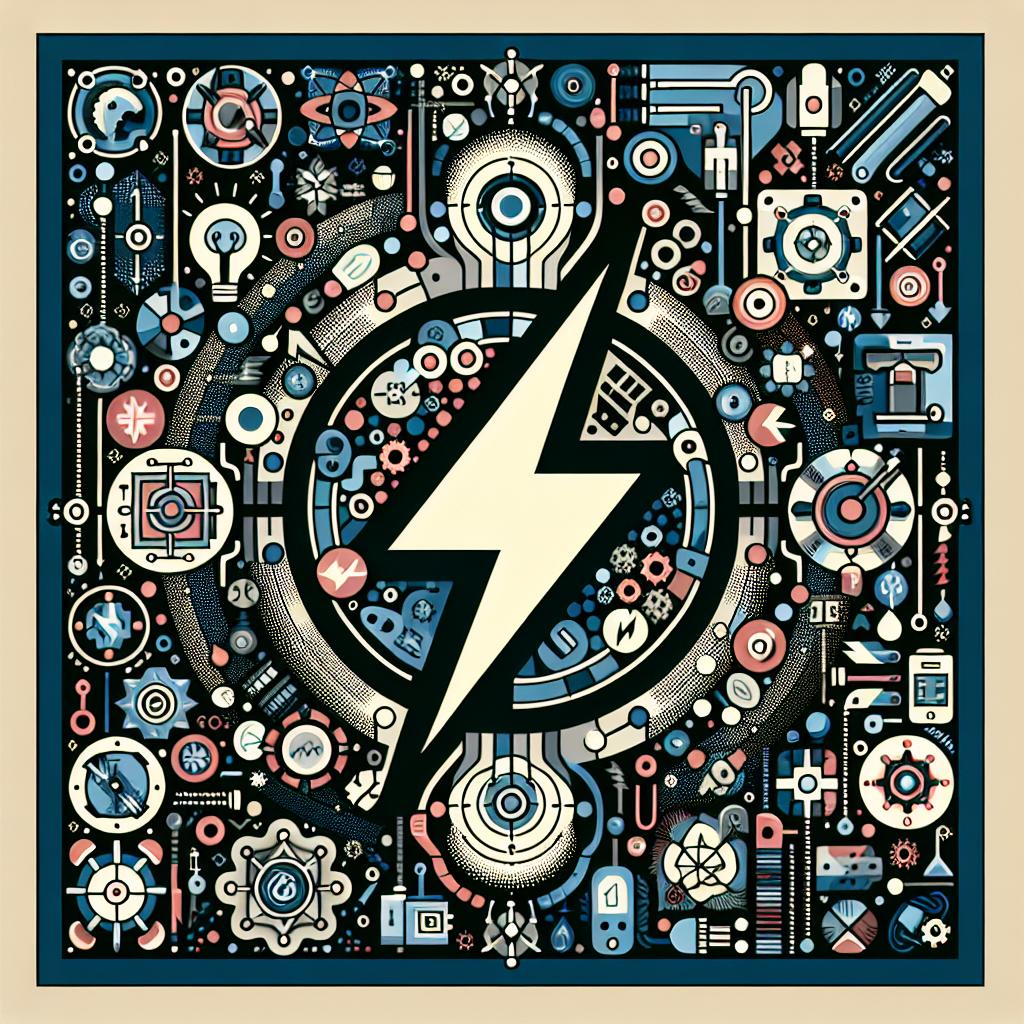Introduction:
As the sun-soaked days of summer approach, many homeowners turn to mini split air conditioning systems to beat the heat and maintain a comfortable indoor haven. These sleek, efficient units offer a flexible solution to temperature control, often favored for their ease of installation and energy savings. However, like any electrical device, mini splits can sometimes run into bumps along the road—be it a flickering display, strange noises, or insufficient cooling. Troubleshooting the electrical issues that may arise during installation is essential not only for optimal performance but also for ensuring the safety and longevity of your system. In this article, we will delve into common electrical challenges encountered during mini split AC installation, offering practical solutions and guidance to navigate the intricacies of keeping your cool, even when the electricity isn’t cooperating. Whether you’re a seasoned DIY enthusiast or a first-time installer, understanding these potential pitfalls can empower you to tackle the job with confidence and ease.
Understanding Common Electrical Challenges in Mini Split AC Systems
When it comes to mini split AC systems, electrical challenges can be a significant roadblock to efficient operation and comfort. One common issue is insufficient power supply. Many homeowners overlook the fact that these systems require dedicated circuits, and failing to provide the right amperage can result in tripped breakers or even damage to the unit. Additionally, poor wiring connections can lead to intermittent power loss, causing the system to cycle on and off unpredictably, which diminishes energy efficiency and increases wear on components.
Another prevalent concern is thermostat wiring problems. Often, the wiring between the thermostat and the indoor unit can become compromised, leading to erratic temperature control. This not only affects overall comfort in your space but can also cause the compressor to run longer than necessary, increasing energy consumption. It’s essential to regularly inspect the following components to ensure they are functioning correctly:
- Power connections: Ensure all connections are secure and free from corrosion.
- Fuses and breakers: Check for blown fuses or tripped breakers that could indicate larger issues.
- Capacitors: These can fail over time, leading to reliability problems.
Identifying Wiring Issues and Ensuring Proper Connections
When working on mini split AC installations, it’s crucial to scrutinize the wiring to identify potential issues that may hinder performance. Common signs of wiring problems include unresponsive units, intermittent power loss, and unusual sounds during operation. To effectively diagnose these issues, inspect the wiring for fraying, loose connections, or corrosion. Ensuring that all wires are secured tightly and conducting electricity seamlessly is essential for maintaining safe and effective cooling. Here are some vital checks to perform during the installation:
- Examine wire gauge for compatibility with the unit specifications.
- Verify polarity on both the indoor and outdoor units.
- Check for any voltage drops using a multimeter to ensure proper current flow.
Once you’ve identified any discrepancies in wiring, it’s equally important to ensure that all connections are made securely and correctly. Use wire nuts or screw terminals appropriately to avoid any loose connections that could lead to further issues down the line. Creating a clear, logical wiring diagram can aid in maintaining an organized installation process. Below is a simple table for reference that outlines the connections essential for a successful mini split installation:
| Component | Connection Type | Wire Color |
|---|---|---|
| Indoor Unit Power | Live | Black |
| Indoor Unit Ground | Ground | Green |
| Outdoor Unit Power | Neutral | White |

Addressing Power Supply and Voltage Requirements for Optimal Performance
Ensuring that your mini split AC system operates at peak efficiency largely hinges on the power supply and voltage requirements of the unit. Each mini split model comes with specific voltage needs, typically ranging between 115V to 230V. To avoid malfunctions and ensure longevity, it’s essential to accurately check the electrical specifications provided in the user manual. A mismatch in voltage can lead to performance issues or even permanent damage. Moreover, utilizing the right gauge of wiring is critical; insufficient wire size can cause unnecessary resistance and overheating, potentially leading to system failure.
When preparing for installation, consider the following key factors:
- Voltage Rating: Confirm the voltage rating of the unit matches your home’s electrical system.
- Dedicated Circuit: Ideally, the mini split should be connected to a dedicated circuit to prevent overloading.
- Fuses and Breakers: Ensure that the fuses and circuit breakers are compatible and rated correctly for your unit’s requirements.
- Power Line Length: Keep the distance between the main power source and the AC unit as short as possible to minimize voltage drops.
For a clearer perspective, consult the following table for common mini split voltage requirements:
| Model | Voltage Requirement | Recommended Wire Gauge |
|---|---|---|
| Model A | 115V | 14 AWG |
| Model B | 230V | 12 AWG |
| Model C | 220V | 12 AWG |

Implementing Safety Protocols During Installation and Maintenance
When installing or maintaining mini split AC systems, it is essential to prioritize safety to prevent accidents and ensure a smooth operation. Before beginning any work, all technicians should be equipped with the necessary personal protective equipment (PPE), such as safety goggles, gloves, and hard hats. Additionally, proper tools should be selected to minimize the risk of accidents. Regular inspections of equipment for wear and tear can further reduce hazards. Ensuring that the installation area is free from clutter can also significantly improve safety for both the technician and the surrounding environment.
Moreover, adhering to safety protocols requires a clear understanding of electrical systems and the associated hazards. Prior to installation, it is crucial to de-energize the electrical supply and utilize labeled circuit breakers to prevent accidental power surges. Technicians should also maintain a safe distance from live wires and follow lockout/tagout procedures. Training staff in emergency response plans and first aid can be beneficial as well, so they are prepared to act promptly in the event of an incident. By implementing these protocols, the risk of electrical mishaps during installation and maintenance can be substantially minimized.
Q&A
Q&A: Troubleshooting Electrical Issues with Mini-Split AC Installation
Q: What are the most common electrical issues encountered during mini-split AC installation?
A: During mini-split AC installation, common electrical issues include inadequate wiring capacity, incorrect power supply voltage, improper circuit breakers, and faulty connections. These problems can lead to insufficient power delivery, which can affect the unit’s performance or cause safety hazards.
Q: How can I determine if my home’s electrical system is compatible with a mini-split AC unit?
A: To determine compatibility, first, check the electrical specifications of the mini-split system, including voltage and amperage requirements. Then, inspect your home’s electrical panel and wiring to ensure they can handle the load. Consulting with a licensed electrician can provide expert insight and ensure safety.
Q: What steps should I take if my mini-split AC won’t turn on after installation?
A: If your mini-split won’t turn on, start by checking the following:
- Ensure that the unit is plugged in properly.
- Verify that the circuit breaker hasn’t tripped.
- Inspect the remote control or wall control for battery life or setup issues.
- Check for any blown fuses. If the unit still won’t turn on after these steps, it may require a professional assessment.
Q: Can using an extension cord for my mini-split impact its performance?
A: Yes, using an extension cord for your mini-split AC is not recommended. It can lead to voltage drops, insufficient power supply, and increased risk of electrical fires. Mini-split systems should be hardwired or connected directly to an appropriate power source to ensure safe and efficient operation.
Q: What should I do if I notice sparking or burning smells associated with my mini-split AC?
A: If you notice any sparking or burning smells, immediately turn off the unit and disconnect it from the power supply. These signs may indicate a serious electrical issue such as a short circuit or faulty wiring. Contact a qualified technician to diagnose and resolve the problem as soon as possible to prevent further damage or hazards.
Q: Is it common for my mini-split to require its own dedicated circuit?
A: Yes, it is common for mini-split systems to require a dedicated circuit to operate efficiently. This prevents overloading your home’s electrical system and ensures that the unit receives the necessary power for optimal performance. Always refer to the manufacturer’s specifications and local codes when determining electrical requirements.
Q: What preventive measures can I take during installation to avoid electrical issues later on?
A: To prevent electrical issues during installation, ensure that all wiring is executed according to local codes and manufacturer guidelines. Use the appropriate gauge wire, install a proper circuit breaker, and ensure all connections are secure. Regular maintenance checks and servicing can also help identify potential electrical issues before they escalate.
Q: How can I troubleshoot refrigerant issues related to electrical problems?
A: While refrigerant issues are primarily mechanical, electrical problems can affect performance. If your mini-split is not cooling properly, check for electrical failures in the compressor or fan motor, as these may be symptoms of inadequate power or faulty components. Consult a technician to assess both electrical and refrigerant systems for a comprehensive diagnosis.
Q: Should I attempt electrical repairs myself?
A: Unless you have significant experience and knowledge in electrical work, it is advisable not to attempt electrical repairs on your mini-split system yourself. Mistakes can be dangerous and lead to further damage or safety hazards. Hiring a qualified professional is always the safest option.
This Q&A aims to provide straightforward solutions and prevent potential issues during the installation of your mini-split AC system. Always prioritize safety and consult professionals when in doubt!
Future Outlook
navigating the complexities of mini split AC installation can sometimes feel like deciphering an intricate puzzle, especially when electrical issues arise. By arming yourself with a solid understanding of the common challenges and solutions outlined in this article, you’ll be better prepared to tackle any hurdles that may come your way. Remember, whether it’s ensuring proper voltage, addressing refrigerant lines, or verifying connections, each step is crucial to achieving a comfortably cool environment in your space. If troubleshooting proves too daunting, don’t hesitate to consult a professional—sometimes, a seasoned technician can provide the insight needed to restore harmony to your home’s climate. Equipped with knowledge and resources, you can confidently create a cooling oasis, even when unexpected electrical snags occur. Stay cool, and may your mini split installation journey be smooth and successful!

